What is the most painful joint replacement surgery in 2023
Introduction to Joint Replacement Surgeries
Joint replacement surgery is a common and highly effective treatment option for severe pain and functional limitations associated with a variety of joint disorders. This surgical procedure involves replacing a damaged joint with a prosthetic one, typically made of metal, plastic, or ceramic materials. The goal of joint replacement surgery is to alleviate pain, improve mobility, and enhance the quality of life for individuals suffering from debilitating joint conditions.
The most common types of joint replacement surgeries include hip, knee, and shoulder replacements. These surgeries are typically recommended when non-surgical treatments like physical therapy, medication, or lifestyle changes fail to provide relief. Each type of joint replacement surgery carries its own challenges and potential complications, but significant advancements have been made in recent years.
A decade ago, total shoulder replacement surgery was considered the most challenging and painful of these procedures, often leading to frustrating outcomes for patients. However, remarkable progress in surgical techniques and prosthetic technologies has improved the procedure significantly, reducing both the pain experienced during recovery and the overall recovery time. This progress has not only improved patient outcomes, but it has also made shoulder replacement a more accessible and successful option for those suffering from severe shoulder disorders.
On the other hand, knee replacement surgery has evolved in the opposite direction. While advancements have indeed been made, it has emerged as one of the more challenging and painful joint replacement surgeries. This has largely been driven by the complexity of the knee joint and the high demand placed on it by daily activities.
Total hip replacement surgeries have seen tremendous advancements. The development of the anterior approach and improvements in prosthetic design have resulted in faster recovery times and reduced pain during recovery. Consequently, fewer patients require outpatient physical therapy services following a hip replacement, reflecting the increased effectiveness of the surgery.
While joint replacement surgeries have seen significant progress over the years, it’s important to remember that each patient’s experience can vary greatly based on a number of factors, including their overall health, the severity of their joint condition, and their adherence to post-operative care and rehabilitation protocols. Therefore, it’s crucial for patients to discuss their options thoroughly with their healthcare provider before deciding on the best course of action.
Total Shoulder Replacement Surgery
Total shoulder replacement surgery, traditionally considered the most challenging and painful of all joint replacement surgeries, has undergone significant improvements over the past decade. This surgery involves replacing the damaged parts of the shoulder joint with artificial components to relieve pain and restore function.
The surgery was once deemed as the most challenging due to its technical complexities and the frustration often experienced by patients post-surgery. Patients traditionally had to deal with a slower recovery process and relatively higher pain levels compared to other joint replacements. However, advancements in surgical techniques and prosthetic design have notably improved these aspects, leading to better patient outcomes and making total shoulder replacement a more successful and viable option.
Today, despite the advancements, total shoulder replacement still comes with its challenges. The recovery process can be demanding, requiring dedicated physical therapy and adherence to prescribed post-operative protocols. Patients often need to go through a thorough physical therapy regimen to regain strength, range of motion, and function in the shoulder joint.
Although the recovery process has improved significantly over the years, it is important for patients to manage their expectations realistically. Each person’s recovery experience varies based on factors such as overall health, the severity of the joint condition, and the individual’s commitment to rehabilitation. However, with a good surgical team, proper post-operative care, and a disciplined approach to physical therapy, total shoulder replacement surgery can be a beneficial treatment option for severe shoulder conditions.
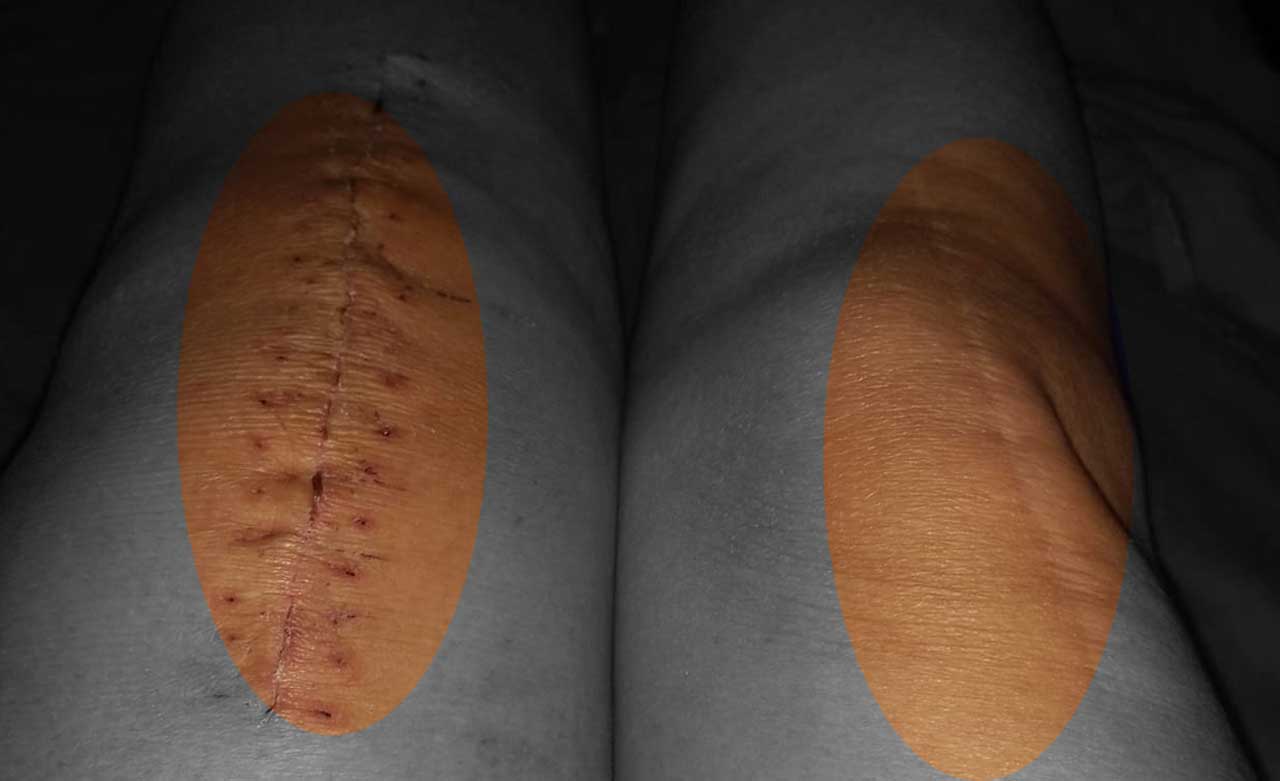
Total Knee Replacement Surgery
Total knee replacement surgery has emerged as one of the most challenging and often painful joint replacement surgeries. The procedure involves removing damaged cartilage and bone from the surface of the knee joint and replacing it with an artificial joint made of metal and plastic.
Despite considerable advancements in orthopedic medicine, the complexity of the knee joint and the high level of physical demand it handles daily have contributed to making this procedure a challenging one. For many patients, the recovery process is a significant commitment involving extensive physical therapy, adherence to post-operative care guidelines, and considerable patience.
In the initial two weeks following surgery, patients are typically focused on recovering from the immediate impact of the surgery. This phase can include dealing with anemia, dizziness, nausea, and quick fatigue as the body recovers from the trauma of the procedure.
By the third and fourth weeks, patients usually start feeling the benefits of the procedure. They might transition off of a walker and begin to see improvements in range of motion, often achieving 90 degrees of flexion and full extension. This is not universal, however, and can vary significantly depending on individual factors.
From the fifth week onwards, patients often make significant gains and may even find themselves better off than they were before the surgery. However, total knee replacement surgeries often require a comprehensive 10-12 week treatment program. Most patients are discharged from therapy between this time frame, with many returning to recreational sports and activities by week 23 or 24.
However, it’s important to remember that these timelines are averages and can vary significantly depending on individual factors. Age, pre-surgery activity levels, overall health, and commitment to rehabilitation can all influence the speed and effectiveness of recovery. As with all surgeries, patients need to understand that they are on their unique journey of recovery.
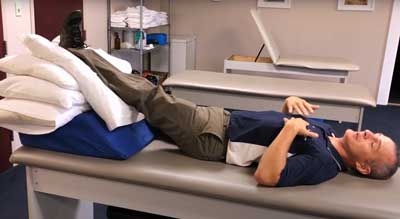
Total Hip Replacement Surgery
Total hip replacement surgery, once a complex and challenging procedure, has seen tremendous advancements in recent years, resulting in faster recovery times and reduced pain during recovery. This procedure involves replacing the damaged hip joint with a prosthetic implant to restore mobility and alleviate pain.
One of the significant advancements in hip replacement surgery has been the introduction of the anterior approach. This surgical technique allows the surgeon to reach the hip joint from the front of the body rather than the side or back, which were common in traditional approaches. The anterior approach has several advantages. It allows the surgeon to work between the muscles without detaching them from the hip or thighbones, keeping the muscles intact. This is often referred to as a ‘muscle-sparing’ technique.
Muscle-sparing techniques such as the anterior approach are less invasive, reducing post-operative pain and facilitating a quicker recovery process. This is because the surgery doesn’t disturb the major muscles, which results in less muscle trauma, less post-operative pain, and a faster return to normal activities.
Due to these advancements, total hip replacements have become remarkably efficient. Many patients are able to get up and walk the same day of their surgery, and the need for outpatient physical therapy services after a total hip replacement has decreased significantly. Today, the total hip replacement procedure has become so refined and effective that I only receive a handful of total hip replacement referrals for physical therapy in a year.
Despite these advancements, it’s important to remember that each patient’s experience with total hip replacement surgery can still vary greatly. Individual health, the severity of the joint condition, and the patient’s commitment to post-operative care and rehabilitation can all influence the speed and effectiveness of recovery.
Conclusion: Every Recovery Journey is Unique
When it comes to joint replacement surgeries, it’s clear that significant advancements have been made in recent years. This progress has led to improved surgical procedures and post-operative recovery protocols, enhancing patient outcomes significantly. However, it’s important to remember that every patient’s experience and recovery journey will be unique due to various factors.
Consider the following points:
- Individual health: The patient’s overall health status can greatly impact the speed and effectiveness of recovery. A healthier individual is likely to recover faster than someone with multiple health issues.
- Severity of joint condition: The severity of the joint condition can influence the outcome of the surgery and the subsequent recovery process. More severe conditions may require a more extensive recovery period.
- Pre-surgery activity levels: Patients who were more active before surgery often have better strength and conditioning, which can aid in the recovery process.
- Commitment to rehabilitation: A patient’s commitment to their rehabilitation program can significantly impact their recovery speed and the overall success of the surgery. A disciplined approach to physical therapy and adherence to post-operative care guidelines are crucial to achieving the best possible outcomes.
Given these factors, it’s essential to avoid comparing your recovery journey to others’. What might work well for one person could be different for another, and it’s normal for recovery timelines and experiences to vary widely. While it’s beneficial to seek advice and hear about others’ experiences, remember that you’re on your own unique path.
In the end, the goal of any joint replacement surgery is to improve your quality of life by alleviating pain and improving mobility. With the right care, support, and a positive mindset, you can navigate the challenges of recovery and enjoy the benefits of your new joint.

Anthony Maritato, PT
Physical Therapist
Anthony Maritato, PT has been a licensed physical therapist and private practice owner since 2006. Ohio license #PT011602.
Anthony has been passionate about helping patients recover from total knee replacement surgery as well as rotator cuff repair surgery.

Second Knee Replacement 5 Quick FAQs
Is a second knee replacement worse than the first? There is a huge difference between the second knee replacement on the same knee, also known as a total knee revision surgery, and the second knee replacement on the other knee. As a physical therapist, I am fortunate...

3 Months After Total Knee Replacement
What to expect 3 months after total knee replacement During the first 3 months after total knee replacement, you may experience lots of changes and rapid improvement. Range of motion will go from practically nothing to 120 degrees of flexion and 0 degrees of...
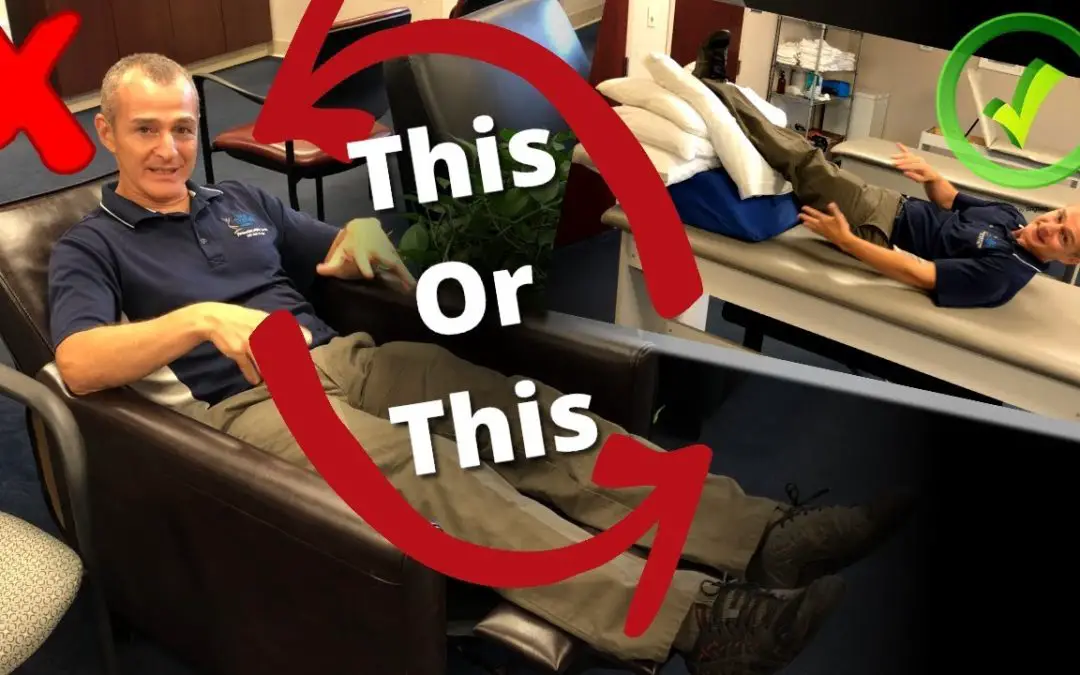
How to Choose the Best Recliner for Knee Replacement
Is a recliner required after total knee replacement surgery? Absolutely not! A recliner might be a convenient luxury, but if you don't already own one I would not tell you to rush out and buy one. In this article, I will discuss how to achieve the same positions on a...
![Best Ankle Pumps Exercise [Video] 3 Tips After Total Knee Replacement Surgery](https://totaltherapysolutions.com/wp-content/uploads/2022/08/ankle-pumps-after-total-knee-replacement-surgery-2.jpg)
Best Ankle Pumps Exercise [Video] 3 Tips After Total Knee Replacement Surgery
What are ankle pumps? Ankle pumps are a simple and effective exercise for post-surgery recovery and sedentary lifestyles after knee replacement surgery. Ankle pumps, as the name suggests, are simple exercises involving the rhythmic flexing and extending of the ankle,...

Why Does A Knee Pop When Standing From A Chair: Total Knee Replacement Questions
Facebook Question About A Knee Pop Sensation "I am 2 yrs post op on my right knee and when I get up from a sitting position it makes a pop sound almost all of the time. Is that normal." My response: Watch the video below to localize where the knee popping is coming...
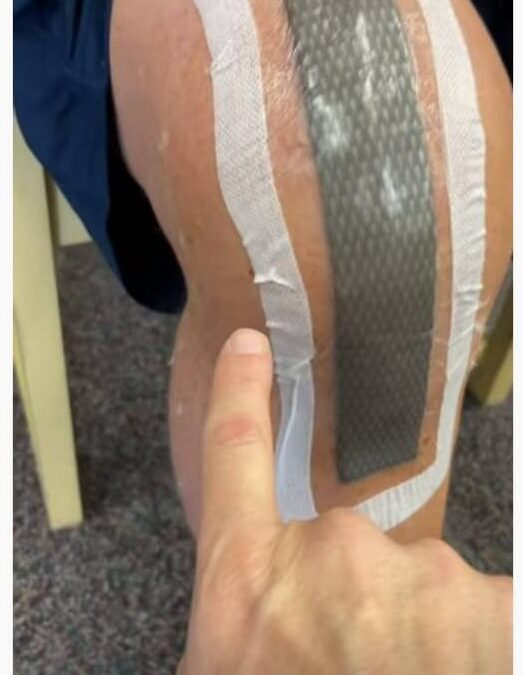
How to Shower After Knee Surgery 2022
When and How to Shower After Knee Surgery: Post Surgical Instructions Timeline Consult your surgeon or surgical team before showering. They will provide recommendations specifically for your post-surgical situation. Dr. Paul G. Kiritsis, M.D. suggests his patients are...
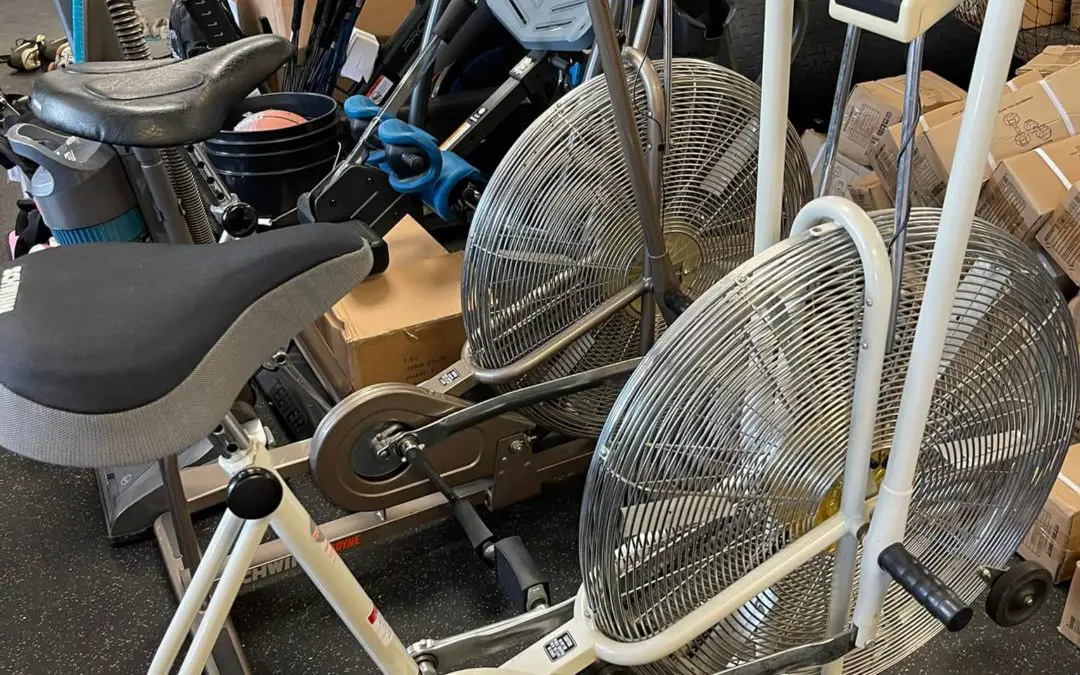
Best Used Exercise Equipment After Total Knee Replacement Surgery
Buying used exercise equipment after a total knee replacement can be a great way to save money while rehabilitating your new knee. In this article, I will share my 5 favorite places to find used exercise equipment. Facebook Marketplace eBay Craigslist Play It Again...

Tips For Traveling By Car After Knee Replacement Surgery
When is it safe to traveling by car after knee replacement surgery as a passenger? Most patients return to driving after total knee replacement surgery in 6 weeks. Here in the United States some patients will return to driving sooner if the replacement was on the left...

Pickleball Weight Loss Strategies
How Many Calories Are Burned Playing Pickleball for 60-minutes? Pickleball is a great cardiovascular workout if the intensity is kept high. A play may burn 8-11 calories per minute on the low end going up as high as 15-calories per minute on the higher end. Pickleball...

8 Pickleball Mistakes to Avoid for Beginners
Updated June 03, 2022 One of the main factors that cause beginners to experience setbacks when learning pickleball is doing too much too fast. Throught his article I will discuss the most common 8 pickleball mistakes along with some exercises you can try to prevent...